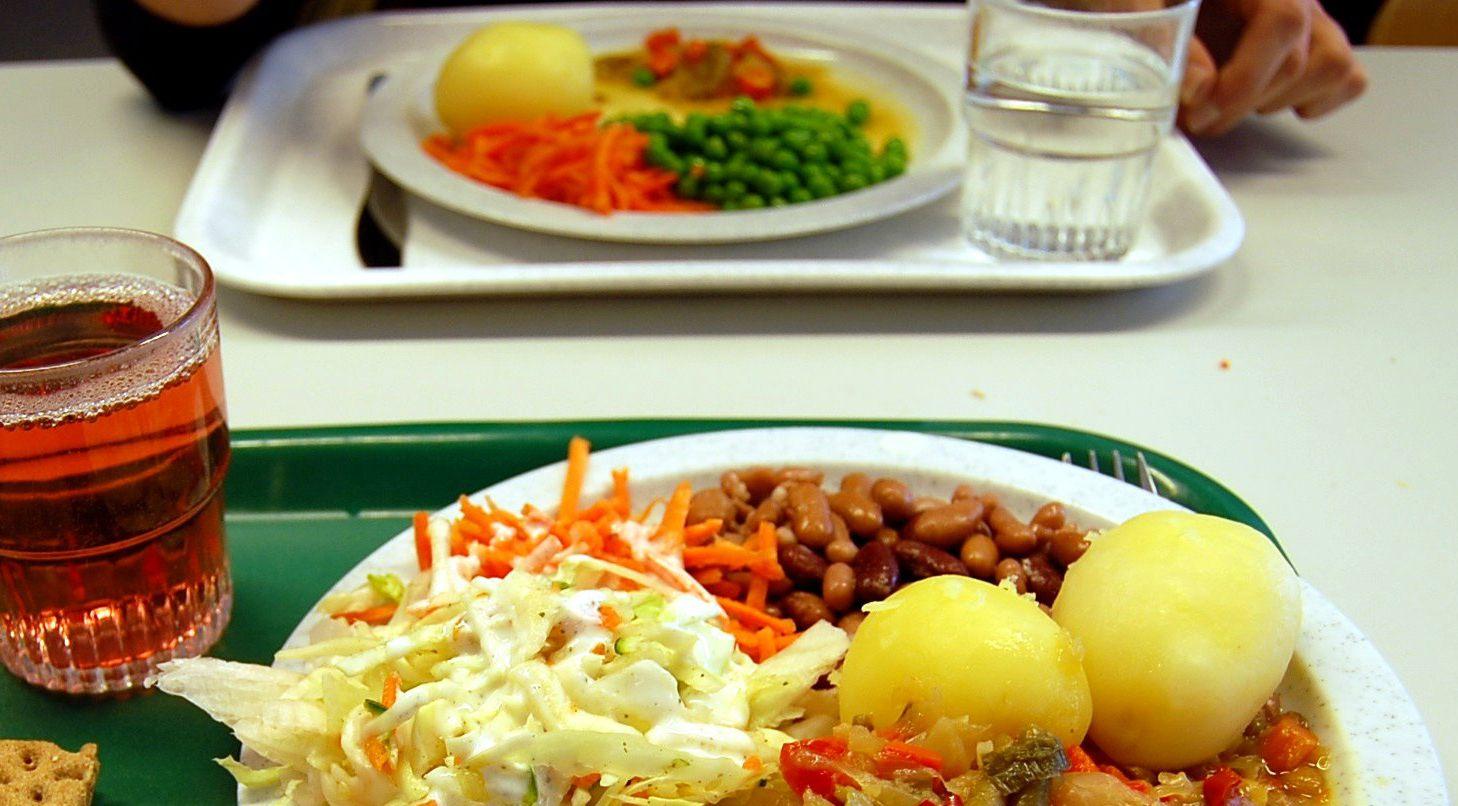The cafeteria food fight is a quintessential part of any kids’ television show — just think “Ned’s Declassified School Survival Guide.” But a $20 million deficit has put Boston public schools in the middle of an entirely new brand of food fight.
The Boston public school system’s food service program has racked up quite a debt in the last eight years and was on track to lose another $4 million this year alone. However, the school department attempted to lessen the load by enacting a hiring freeze and changing up the menu. The new predicted loss for this year is just $2.3 million.
School system officials told The Boston Globe Monday much of the budget shortfall is due to food costs. Approximately 60 percent of the program’s budget goes toward the food itself, whereas the industry standard is between 40 and 45 percent, the Globe reported. Officials plan to cut their losses by reducing the variety and number of options of food.
The changes are scheduled to begin in April and will affect 46 Boston public schools that have their own cafeteria kitchens. These schools offer a more diverse range of options than the 82 Boston public schools that have food prepared off-site to be shipped to them each morning and heated up at lunchtime. When the changes are ushered in, all schools will offer the same choices. However, some fear that these choices aren’t necessarily the best ones.
Cafeterias will no longer have the budget to serve both hot and cold breakfast, and instead will serve hot breakfast just twice a week. Some mornings, the budget only allows for a bowl of cereal, which is listed as a “vegetarian” item, and two pieces of fruit. And these cereals won’t exactly be the types you’d see on the shelf at Whole Foods. We’re talking Cocoa Puffs and Trix, to name a few. At lunchtime, cafeterias will offer old-school peanut butter and jelly every day, plus one or two other options, including macaroni and cheese, burgers, cold-cut sandwiches and chicken nuggets.
The school system officials maintained to the Globe that all menu items meet federal school-nutrition guidelines. But there are many who aren’t buying it.
“I’m so disappointed to hear that decreasing the nutritional value of school lunch by limiting choices and variety to ultimately offering more chicken nuggets, hamburgers, pizza and hot dogs is under consideration,” Stephanie Shapiro Berkson, a parent and professor of public health specializing in childhood obesity, said at a school budget hearing, the Globe reported.
School officials said these menu choices are a product of popular demand — of course, what kid doesn’t want to eat pizza every day? — and that downsizing will reduce the amount of food waste.
“If you have fewer choices, you gain more efficiency in ordering,” Naveen Reddy, the school system’s director of business improvement, told the Globe.
That sounds logical until you consider the case of Cambridge Rindge and Latin School. The school’s cafeteria features a pasta station, two deli counters, two salad bars, two soup stations, a grill and more, and still has one of the lowest food costs in Cambridge.
Of course, the lack of choice that is soon going to be available is problematic. There are kids with special dietary needs such as gluten-free diets or food allergies, and a peanut butter and jelly sandwich every day isn’t going to cut it. Also, it’s been proven unwise to eat the same thing every day, which is what might end up happening if there are only two or three options available.
But the bigger issue is the allocation of funding, and the fact that education is clearly getting the short end of the stick when it’s one of the most important, if not the most important, investments for the future. Where is this money coming from? At what level is this decision being made? It didn’t start at the specific schools, so we can’t sit here and blame them. There is a fundamental problem in the way state money is being allotted to different programs citywide.
This doesn’t truly affect people who can afford to bring their own lunches every day, but it affects underprivileged kids who have to utilize the school lunch programs for breakfast and lunch. For some kids, these meals are the only meals they’re getting all day. If the only thing they’re eating all day is a peanut butter and jelly sandwich, that poses a problem.
People can’t perform to their full potential when they’re undernourished, and kids that are at their full potential perform well, giving the school better ratings, which in turn gets them more funding.
Do programs that students depend on for their safety and well-being really need to be cut? This is a program affecting 57,000 kids. It’s not something that’s flexible.
The Boston public school board is really not saving that much money by enacting this program — it’s only one-tenth of their debt. There are huge detriments in comparison to what little money they’re saving. These are kids we’re talking about, and we should be investing in them. They’re the future of Boston, after all.

















































































































